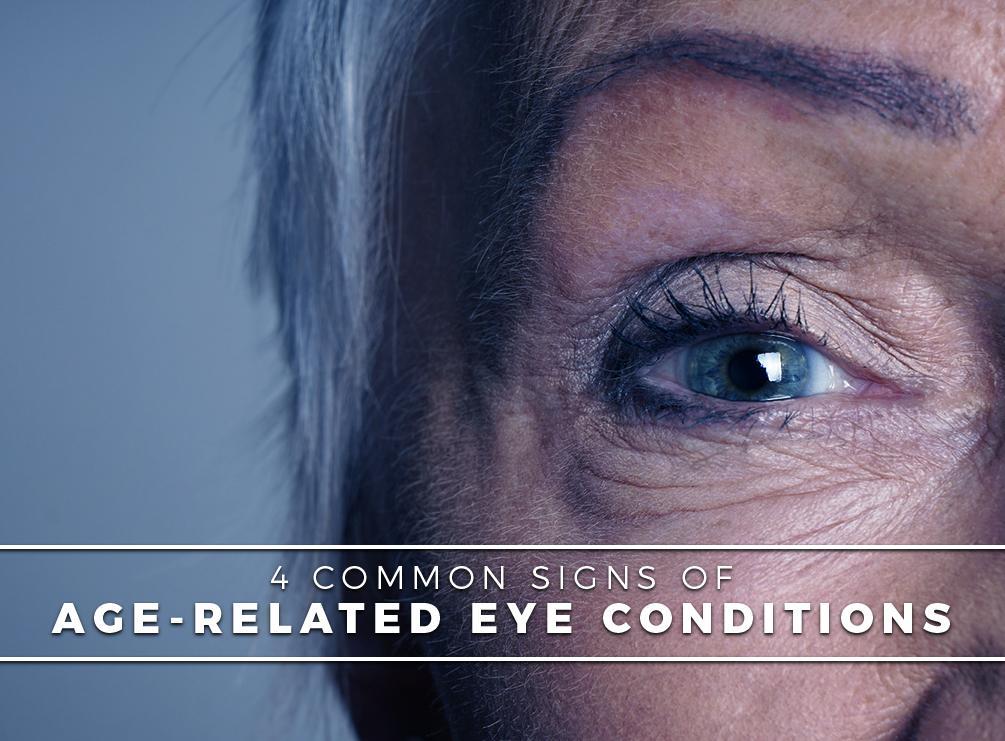
Recent research has shown that isolated cow or human adrenal gland cells inserted into immunodeficient mice formed functional adrenal tissue that resembles normal adrenal gland.

An alternative to tissue or organ transplantation that appears to have great potential is formation of functional tissue from cell transplants. Such information will be useful in developing cell replacement intervention strategies to restore cells damaged or lost through disease.Ĭell Transplantation and Aging. Whether this will affect the lifespan of the cloned calves will not be known for many years however it does appear from these data that cloned offspring in some, if not all, species will not be biologically older than normal offspring. Thus, telomere length was reset during gestation. Healthy calves were born, and were found to have telomere lengths that are more typical of young than old animals. The nuclei were reactivated and the egg cells were implanted into cows. In a recent study, nuclei from senescent bovine fibroblasts were transferred into egg cells from which the nucleus had been removed.

Such cells, which have ceased dividing, are called senescent. As cells divide, telomere length gets progressively shorter until eventually, proliferation stops entirely. Telomeres are highly repetitive DNA sequences located at the end of chromosomes, and telomere length is associated with cell age. An important question in cloning research is whether cloned cells or organisms created from old or senescent cells will be biologically older than their normal counterparts. Cloning cells or animals could lead to new advances in medicine and agriculture, and each of these new techniques could lead to strategies to replace tissues and organs lost through disease.Ĭloning Resets the Telomere Clock in Cattle. There is enormous interest in the potential uses of cloning, gene therapy, and adult stem cell transplantation, as well as tissue transplantation, to combat diseases of aging. Selected future research directions are described as well, including continuing efforts to find biologic interventions to promote healthy aging, to understand the genetic basis of aging, and to explore the potential of adult stem cells and cell replacement for reducing disease and improving function. This section of the NIA's narrative discusses some recent advances in the biology of aging, on cloning and transplantation and on lifespan itself.

Research has expanded our knowledge, too, of the biologic factors associated with extended longevity in humans and animal models. A great deal has been learned about structural and functional changes that occur in different body systems, and progress is ongoing. As scientists learn more about these processes, experiments can be designed to better understand when and how pathological changes begin, providing important clues toward developing interventions to prevent or treat disease. Research on the biology of aging focuses on understanding the cellular and molecular processes underlying these changes as well as those accompanying the onset of age-related diseases. Aging is accompanied by gradual changes in most body systems.


 0 kommentar(er)
0 kommentar(er)
